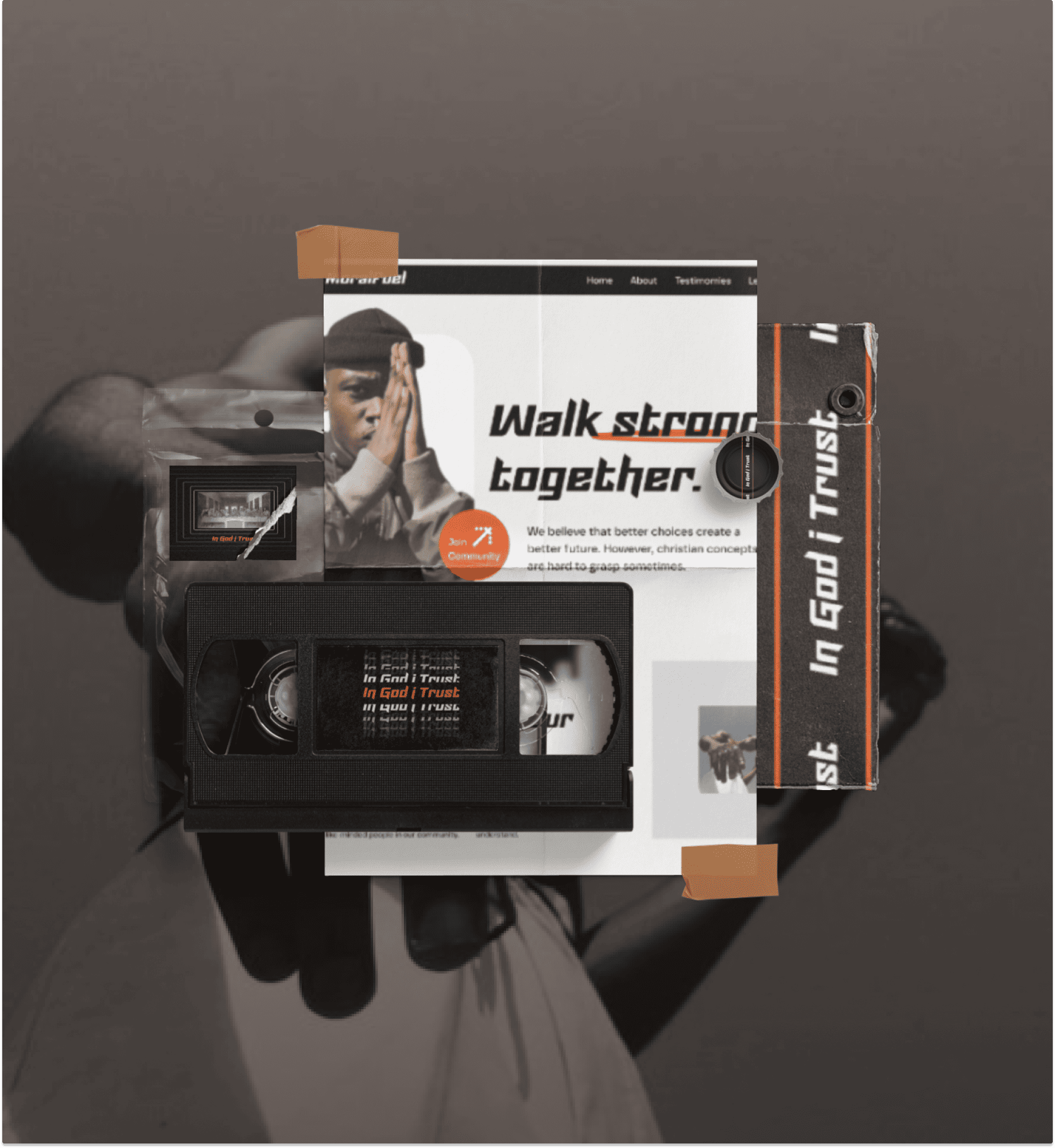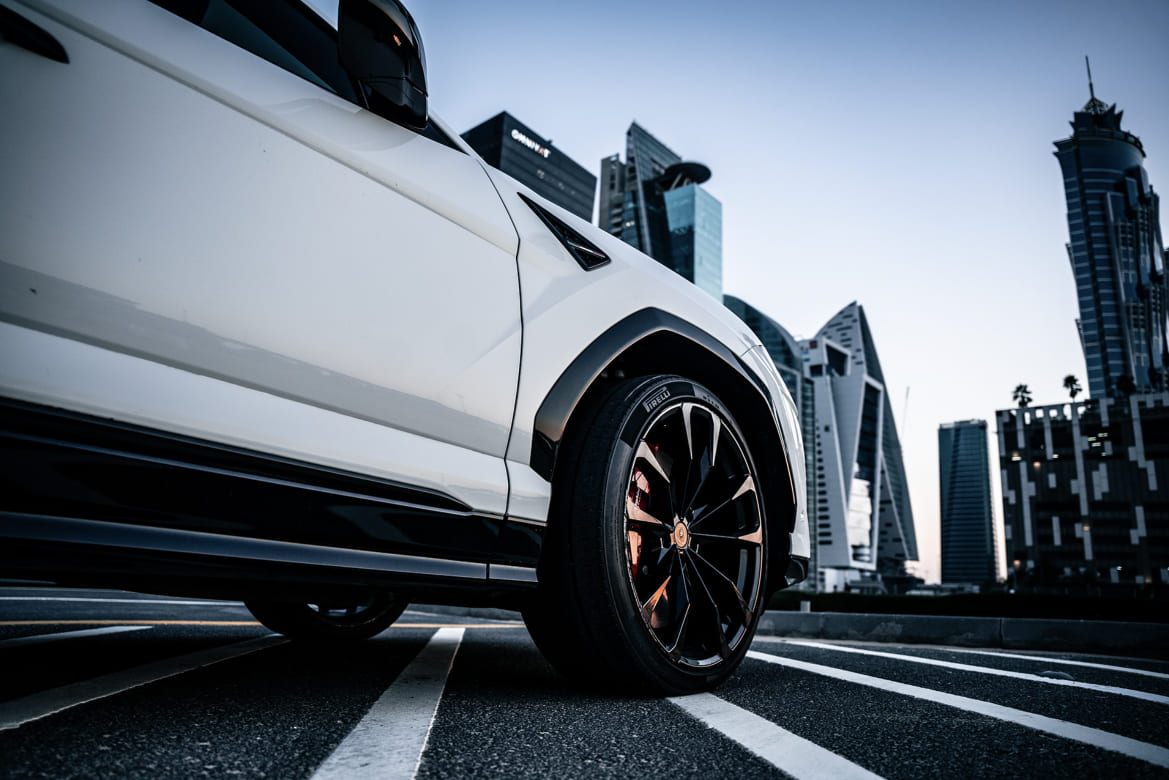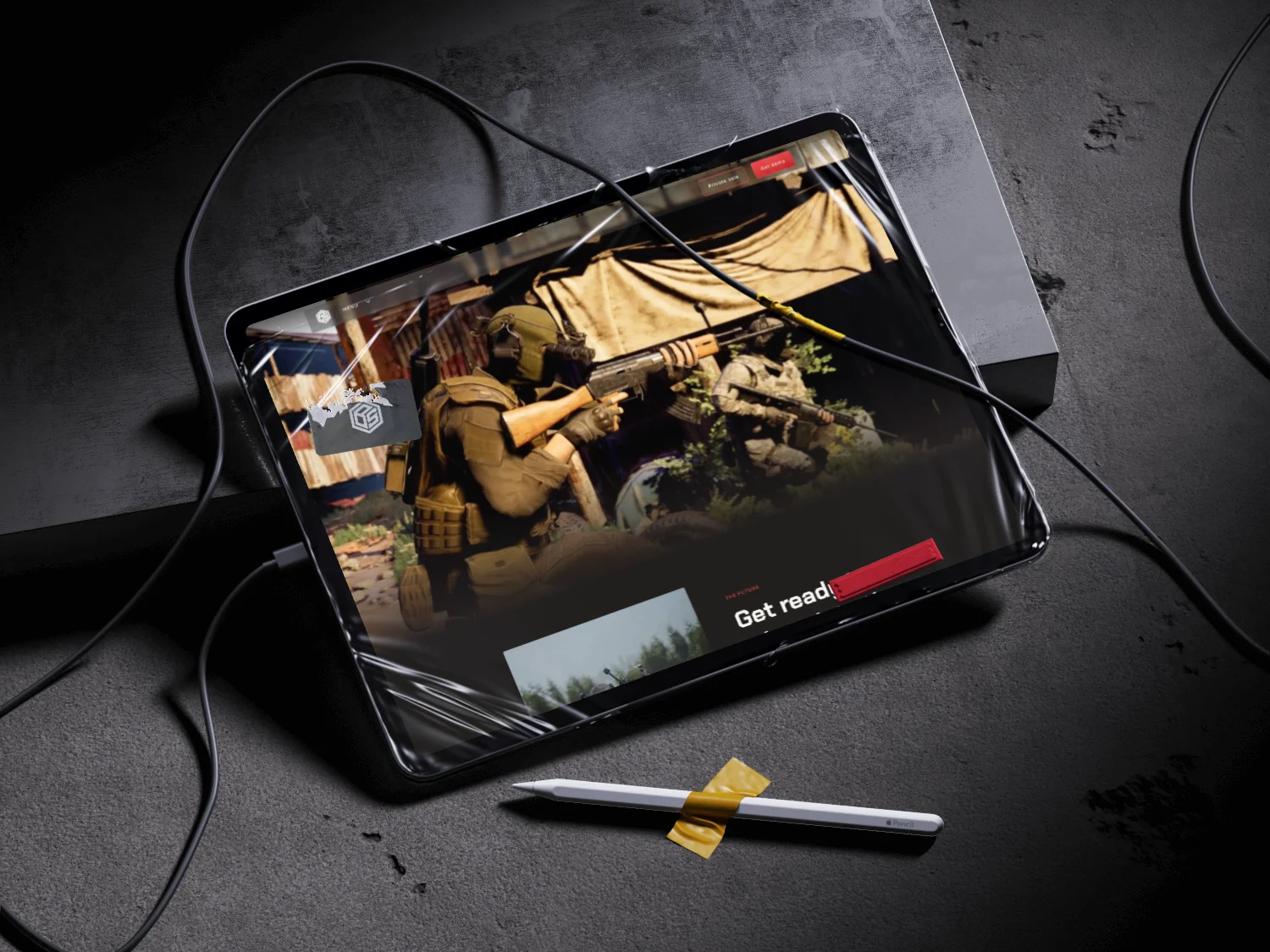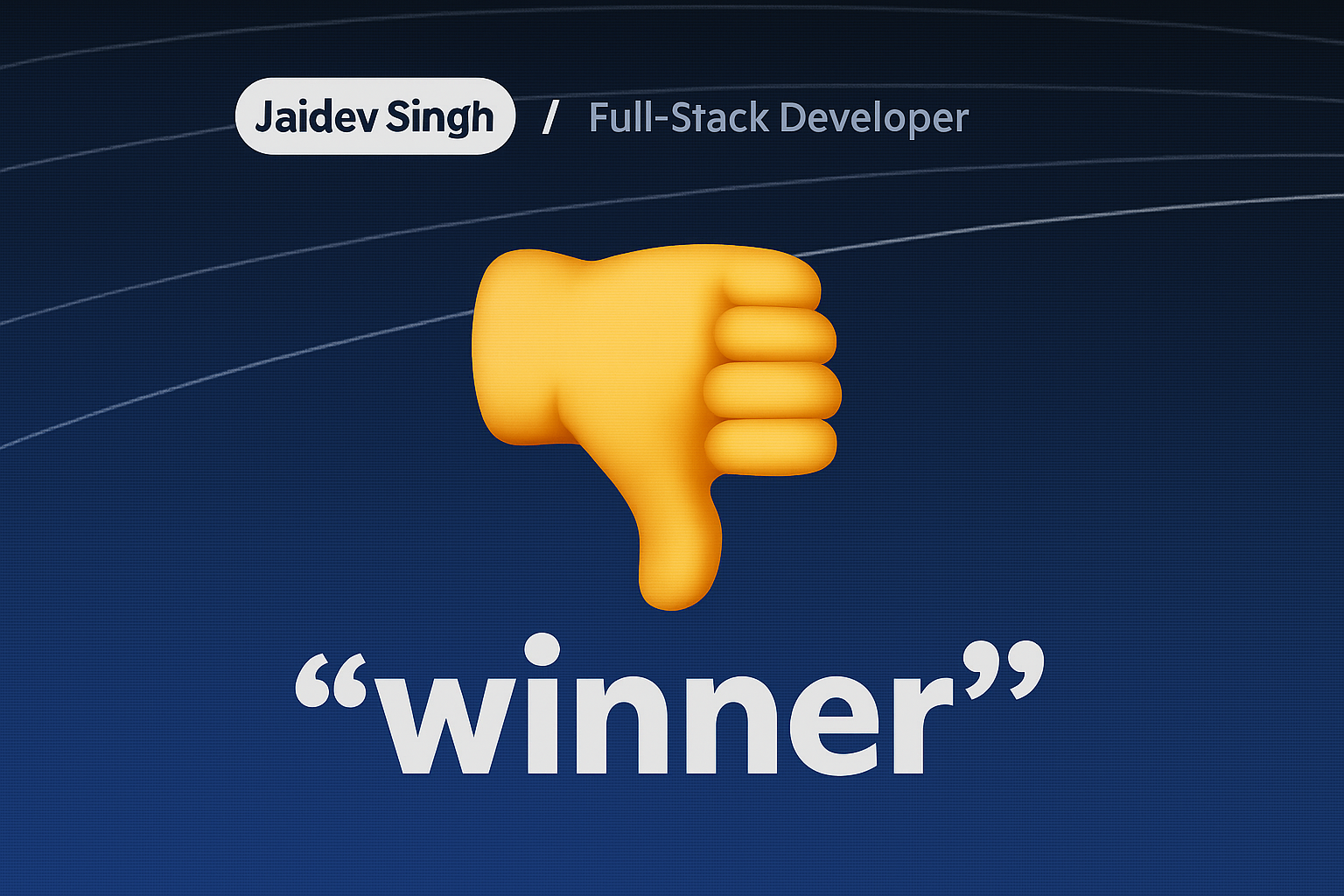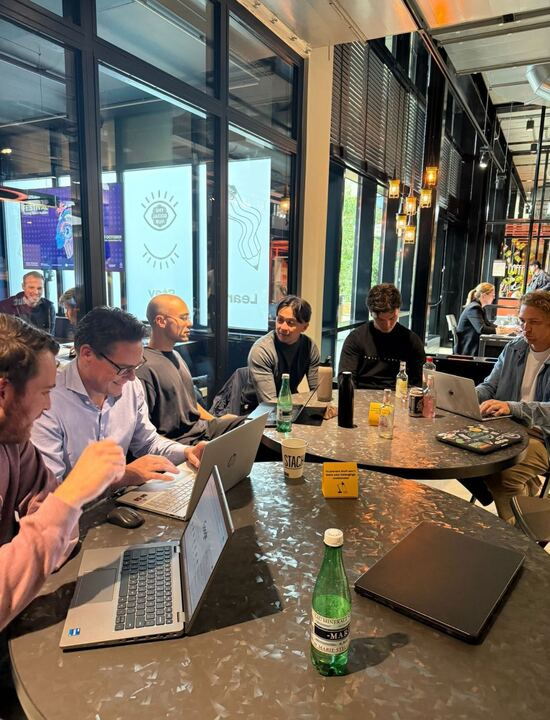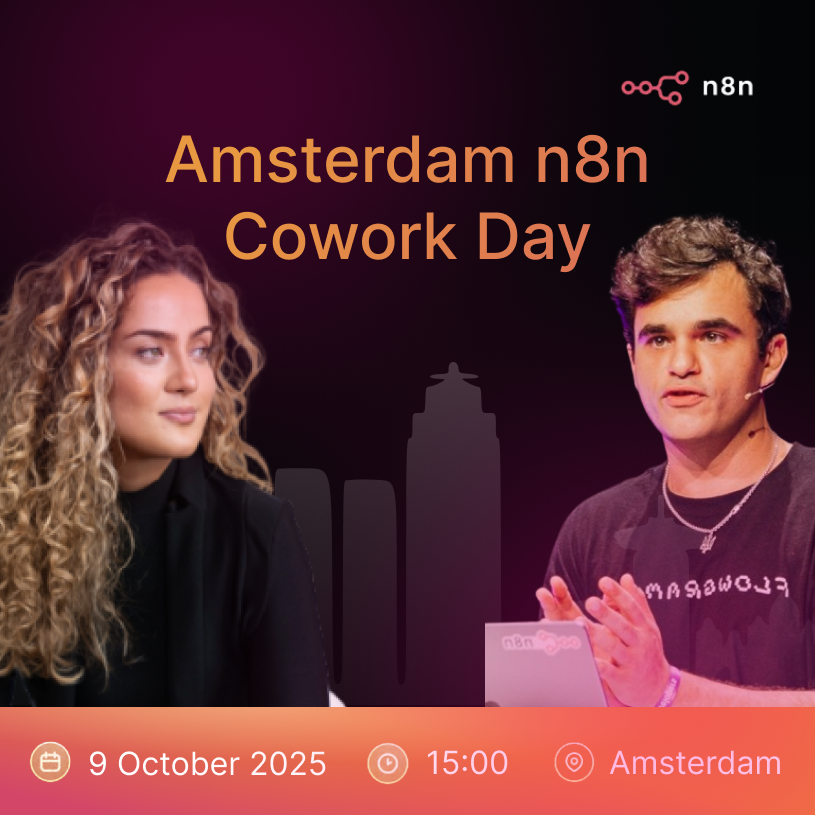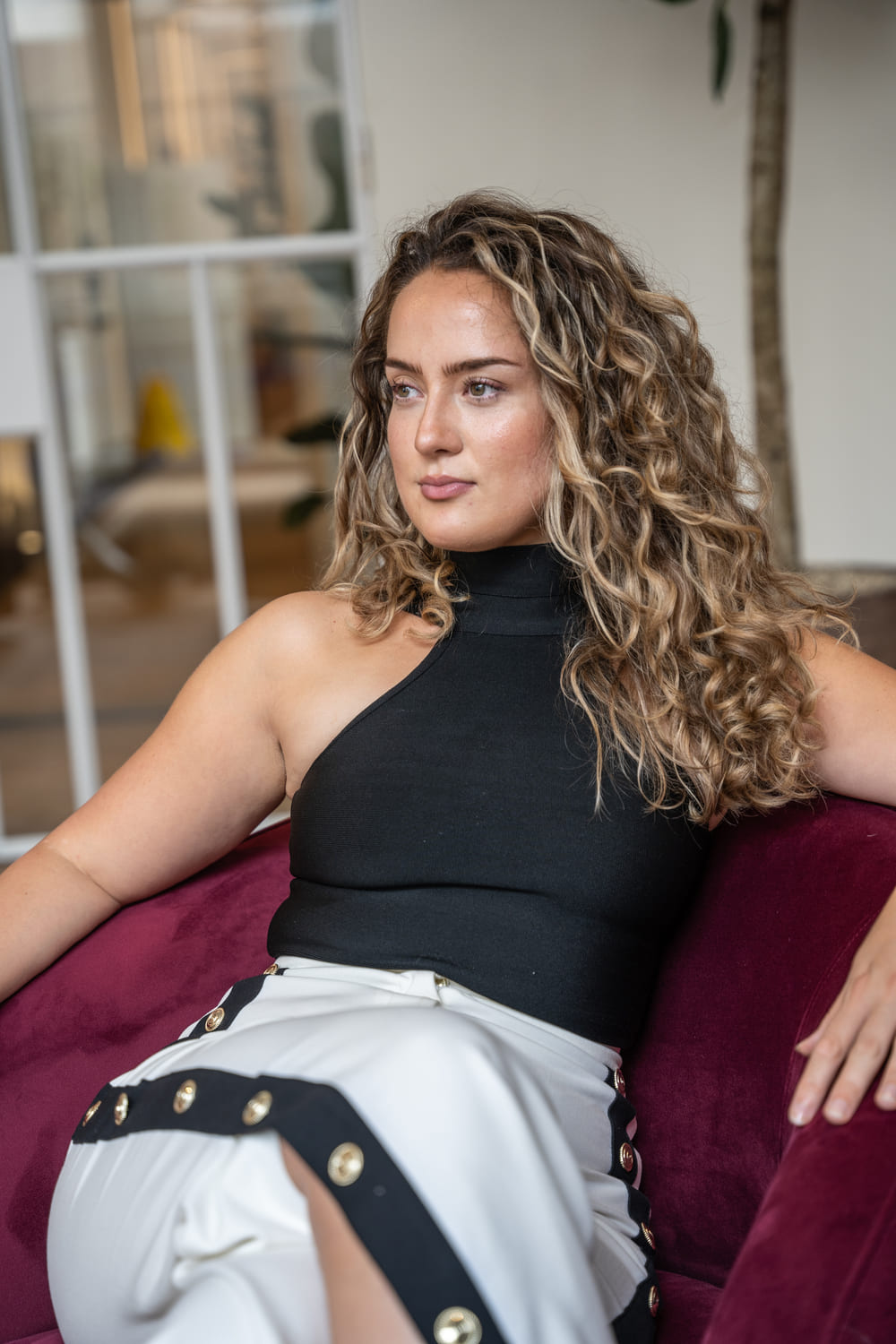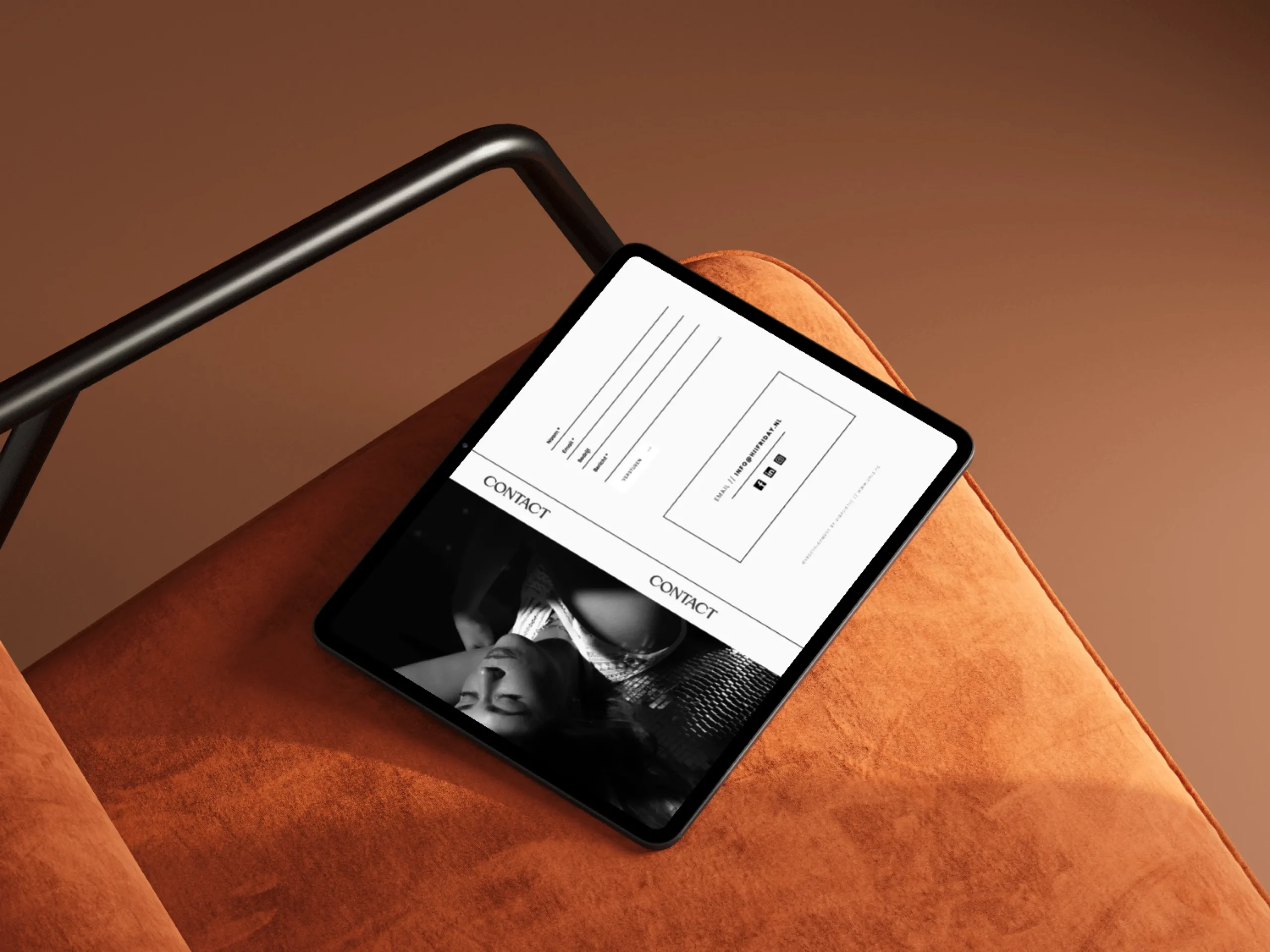Last updated:
September 11, 2025
Luxury Websites: Proven to Convert
Discover the design process of marrallisa
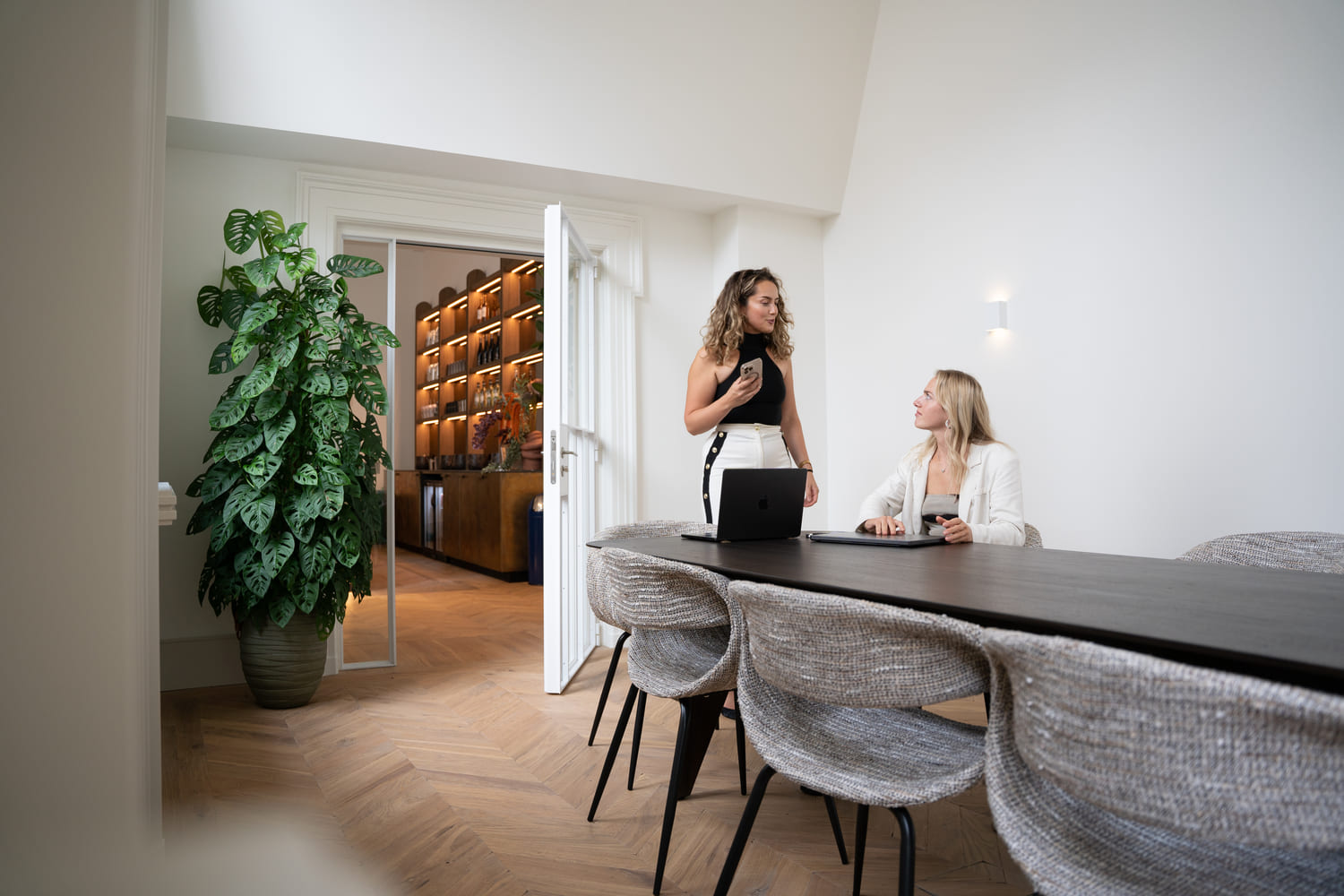
For ambitious founders and designers: how we create websites that convert and endure
If you are a fast-moving company with real traction, you have probably felt the tension between growth and craft. Your site loads fast but does not feel like you. Or the brand sings, while conversion stalls. You care about typography, tone, and micro-interactions, yet you do not want to micromanage. You want an expert partner who shows up on WhatsApp, brings strategic clarity, and owns the funnel from traffic to lead to sale. This blog is for you and for the designers you rely on. It opens the studio door on her process and shares an uncommon trick that consistently produces fresh, conversion-ready design.
In short, you will see how we connect story, SEO, and design for luxury and premium brands, without relying on the same tired inspiration sources everyone scrolls through. You will also learn how to keep experiments focused, so your hero section surprises while your navigation stays familiar. The goal is simple. Build a website that reflects who you are, moves the needle, and scales gracefully.
This matters if you run a fast-moving luxury brand
Luxury is about confidence, restraint, and detail. Therefore, a conversion-driven luxury site must balance signal and silence. It needs clear information architecture the way content is structured, labeled, and found and it needs an unmistakable identity that people remember.
Many teams have traction, yet their site has not caught up with who they have become. If that sounds like you, keep reading. We will show you how we design for both brand memory and measurable outcomes.
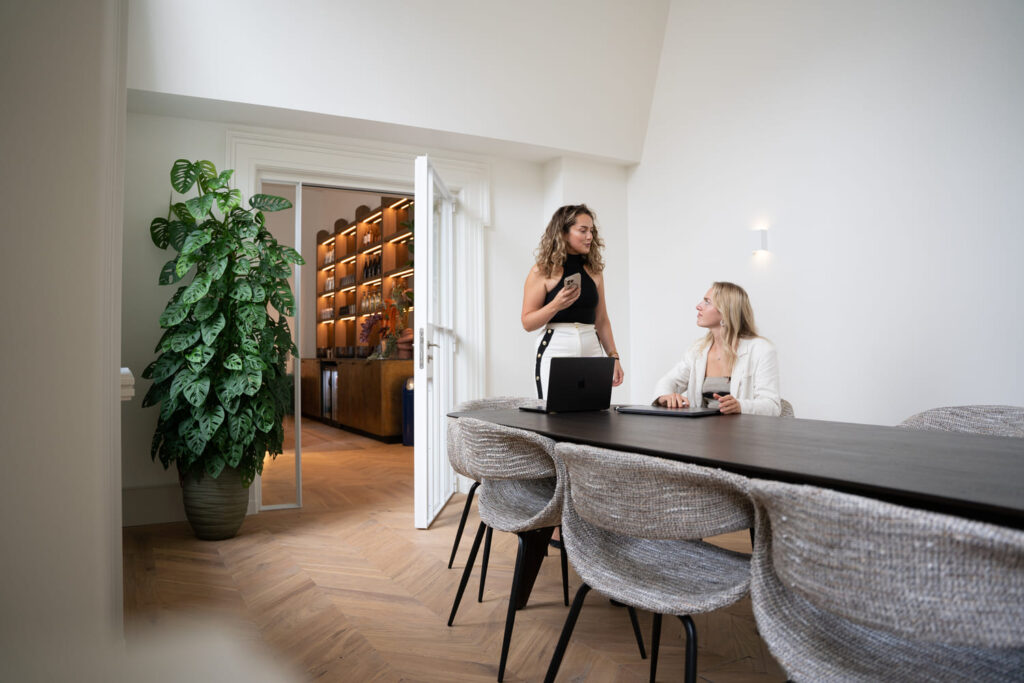
Meet the method: the Identity Extraction Process by Marrallisa Kreijkes
Marrallisa does not begin her design process on Pinterest or Behance. She begins in the world. Flowers, archive fashion, the surfaces of old wood, poems by Kafka, Baroque ornament, Art Deco geometry, even the rhythm of a math proof can carry a design DNA worth translating. We call this Identity Extraction. You spot the underlying system inside something you admire. Then you abstract it into reusable rules, finally you translate those rules into screens that people can navigate.
The uncommon trick: look beyond pixels to the structure of the world
Most inspiration boards collect aesthetics. We collect systems. A rose is not just petals it is spirals and ratios. A Rolex dial is not merely prestige it is radius, weight, repetition, and restraint. A brochure in a train station might seem ordinary yet it encodes hierarchy, contrast, and a voice. When you extract identity instead of copying styling, your work becomes unique by construction.
Where to look and what to take
Look at:
-
- Botany for spirals, symmetry, and cadence.
-
- Fashion archives for tailoring, drape, and negative space. Not only current fashion but also your personal fashion history.
-
- Mathematics for the golden ratio a proportion that often feels balanced and for tilings and sequences that create rhythm.
-
- Baroque and Art Deco for ornament rules, grids, and repetition.
-
- Kafka and philosophers for tone and narrative structure, which can inform microcopy and content flow.
-
- Wood grain and paintings for texture, directionality, and color relationships.
-
- Industrial classics like a Rolex dial or coachbuilt automotive forms for precision, tolerances, and timeless restraint.
From each source, extract attributes: line weight, spacing rules, rhythm, contrast, contour, texture, and tone. Then turn those attributes into design tokens.
How to turn observations into design decisions
Use this simple loop:
-
- Observe name what makes the source compelling. For example, alternating thick and thin strokes.
-
- Abstract rephrase that quality in neutral terms. For example, high stroke contrast, 2 to 1 rhythm.
-
- Translate assign it to UI components. For example, H1 uses a high-contrast serif, CTAs use a bold geometric sans, section paddings follow a 2 to 1 scale, dividers use a thin line next to a thick line.
-
- Test prototype and validate. For example, use an A B test an experiment where you compare two versions to see which performs better on your hero headline or CTA layout.
The workflow for luxury design, step by step
Mara her studio workflow keeps the art grounded in outcomes. Firstly, we listen. Secondly, we extract identity. Thirdly, we translate it into a design system that ships.
1. Deep listening and intent mapping
We open with a structured conversation. We ask what moves you to do this work. We dig into the market, the moments that made customers choose you, and the red flags you avoid. This is not small talk. It is empathy in practice. A good designer does not only make something beautiful. They shoulder responsibility and give shape to your business intent.
2. Field research and identity extraction
We gather references far beyond screens. A vintage couture pattern, a line from Kafka, a fragment of Baroque scrollwork, even the nerve lines in a plank of ash.
Each reference becomes a mini-brief. We label attributes and rules, then we turn them into a vocabulary of spacing, type, color, and motion.
3. Design tokens and a lean system
We codify decisions as tokens colors, type scales, spacings, shadows so they remain consistent. A design system is a set of reusable components and rules. It speeds up development and keeps brand integrity intact when you scale.
4. Information architecture and narrative
We map the site so people can find things quickly. Information architecture is the skeleton of your site. We define page purpose, priority of content, and the path to conversion. Then we write a narrative that links brand story to action. This ensures your brand voice carries through the funnel.
5. Sketchbook experiments on one section
We do not redesign every pattern at once. Navigation and footers stay familiar by design. Instead, we push one area usually the hero. In a sketchbook, we try unusual compositions, textures, or motion. Because the rest of the page uses the system, the experiment stays usable.
6. Prototyping and motion
We build a clickable prototype and explore gentle motion. A prototype is a functional preview that lets us test flows before code. We use motion to add clarity, not noise. For example, a hover reveals texture inspired by wood grain, or a button grows in a 2 to 1 rhythm derived from our identity extraction.
7. Conversion setup and QA
We install analytics, set up goals, and prepare experiments. CRO conversion rate optimization is the practice of improving the percentage of visitors who take a desired action. We plan what to test in week 1 versus week 4, so we learn in sprints. Quality assurance checks performance, accessibility, and SEO basics like titles, internal links, and schema.
8. Launch, measure, iterate
After launch, we watch real behavior, not only opinions. We prioritize changes that raise clarity and confidence, then we cut anything that does not serve the story or the sale.
Play with one part, not the whole
Innovation lands best when it is contained. Change a hero layout, explore an asymmetrical grid, or layer a subtle texture from your wood-grain reference. Keep navigation patterns and footers conventional. This balance respects affordance visual clues that tell users how to interact while still giving your brand a signature move.
Listen like a strategist
Ask your client what compels them to do their work. Stay quiet. Let their passion surface. Then extract identity from their answers. You can translate a belief into a rule. For example, if they value precision above all, your layout can use tight tolerances, fine dividers, and measured spacing. If they value warmth, your color and microcopy can soften edges and invite conversation.
Fit matters red flags and alignment
This method thrives when clients trust the process and want a partner, not a note-taker. If someone prescribes every pixel before we begin, the collaboration will not unlock its full value. A production-only vendor can follow exact orders. A strategic designer exists to help even when the client is not sure what they want yet.
